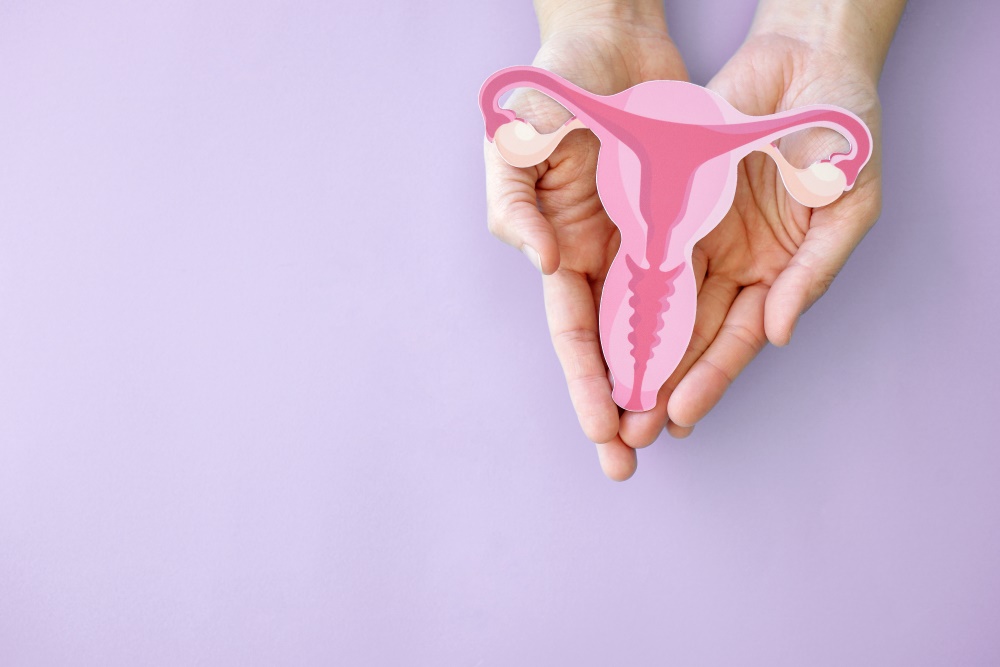How Can PRP Therapy Revolutionize Gynecological Care for Women?

In today’s modern age, we are doing more and learning more about women’s health every year. Many new procedures and treatments have been discovered for different health concerns, from cosmetic to necessary. We now have more ways to help women care for themselves more than ever before – and these treatments are safer and more effective for most women. Another type of treatment that is taking the world by storm is platelet-rich plasma therapy (PRP Therapy). While this was originally used in treatments such as facials to treat fine lines and wrinkles and brighten up the skin, it is now being used as an effective treatment tool for various ailments – including those of gynecological concern.
What is PRP Therapy, and How Does it Work?
Platelet-rich plasma (PRP) therapy is emerging as an incredible new way to approach various fields of medicine, including orthopedics, dermatology, and now, gynecology. This innovative treatment uses the body’s own healing mechanisms to treat various gynecological issues, offering a natural and effective alternative to traditional therapies. By exploring its potential applications, benefits, and the science behind PRP, it is easy to understand how this therapy has begun to revolutionize gynecological care for women.
PRP therapy involves drawing a small amount of the patient’s blood, such as that amount collected in a tube in a hospital setting, processing it to concentrate the platelets, and then injecting this platelet-rich plasma back into the patient’s body. Platelets are rich in growth factors that stimulate tissue regeneration and healing. This therapy leverages the body’s natural healing processes, making it an attractive option for various medical conditions.
PRP Therapy can address a variety of concerns by encouraging new cell growth, stimulating collagen production (necessary for elasticity), and forming new blood vessels. These vessels are important not only for healing but also for delivering oxygen to the blood and organs within the body.
What Kinds of Gynecological Conditions Can PRP Therapy Treat?
The use of PRP therapy in gynecology is a relatively new but rapidly growing field. Here are some of the key areas where PRP therapy is making a significant impact:
Vaginal Rejuvenation and Atrophy
Vaginal atrophy, often experienced by post-menopausal women, can lead to dryness, discomfort, and pain during intercourse. PRP therapy can help rejuvenate the vaginal tissue by promoting collagen production and enhancing blood flow, thereby improving lubrication and elasticity. This can significantly enhance the quality of life for many women.
Sexual Dysfunction
Many women experience sexual dysfunction, including issues with arousal and orgasm. PRP therapy, sometimes referred to as the “O-Shot,” involves injecting PRP into the vaginal tissues and clitoris to stimulate nerve endings and improve sensitivity. This can enhance sexual pleasure and reduce discomfort during intercourse.
Pelvic Pain
Chronic pelvic pain can be debilitating and difficult to treat. PRP therapy offers a promising solution by reducing inflammation and promoting the healing of damaged tissues in the pelvic region. This can lead to significant pain relief and improved function.
Lichen Sclerosus
Lichen sclerosis is a chronic condition that causes thinning and inflammation of the skin, particularly around the genital area. PRP therapy can help regenerate healthy tissue, reduce symptoms, and potentially put the condition into remission.
Postpartum Recovery
After childbirth, many women experience vaginal laxity and perineal pain. PRP therapy can accelerate the healing process of these tissues, helping women recover more quickly and comfortably.
Benefits of PRP Therapy For Gynecological Treatments
PRP therapy offers several advantages over traditional gynecological treatments:
- Minimally Invasive: Unlike surgical procedures, PRP therapy involves minimally invasive injections with a lower risk of complications.
- Natural Healing: PRP therapy uses the patient’s own blood to reduce the risk of allergic reactions and infections.
- Reduced Downtime: Patients typically experience quicker recovery times compared to surgical interventions.
- Holistic Approach: PRP therapy addresses the underlying causes of gynecological issues by promoting natural tissue regeneration rather than merely alleviating symptoms.
Interested in learning more about how PRP therapy can help treat an array of gynecological conditions? Call the office of Dr. Ghozland today at 310-393-9359 and we will be happy to answer any questions you may have or get you scheduled for an appointment!
